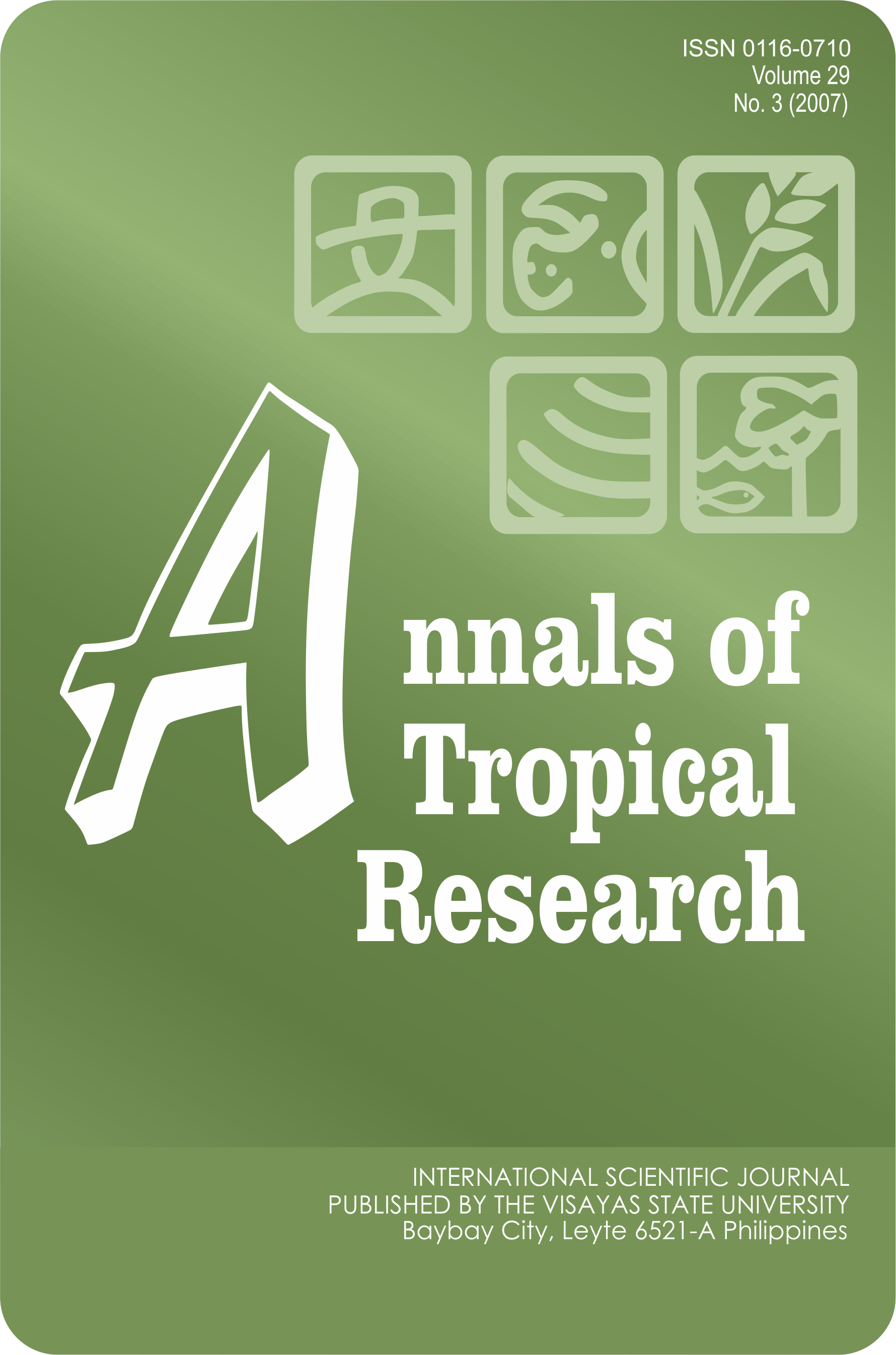Integrating Abaca in a Mixed Forest Culture: A Livelihood Option for Smallholder Tree Farmers
DOI:
https://doi.org/10.32945/atr2932.2007Keywords:
rainforest farming, shade tolerance, intercropping, return on investmentAbstract
This paper discusses the economic and ecological benefits of integrating abaca in established monoculture fruit trees and mixed forest culture, especially rainforestation farming. Integration of agricultural crops with high tolerance to shade, that will provide additional income to farmers and preserve the environment, is one of the key elements of a sustainable tree farming system. Inclusion of natural fibre plants such as abaca, a natural shade-loving plant, to the smallholder tree farming system will not only provide income opportunities to the farmers but also prevent soil erosion and conserve forest water. However, precautionary measures must be undertaken not to overshade the abaca since overshading causes the production of weak fibre. Integrating abaca in established monoculture fruit trees and mixed forest culture especially rainforestation farming is found to have a number of economic and ecological benefits.
Downloads
Submitted
Published
How to Cite
Issue
Section
License

This work is licensed under a Creative Commons Attribution-NonCommercial-ShareAlike 4.0 International License.











